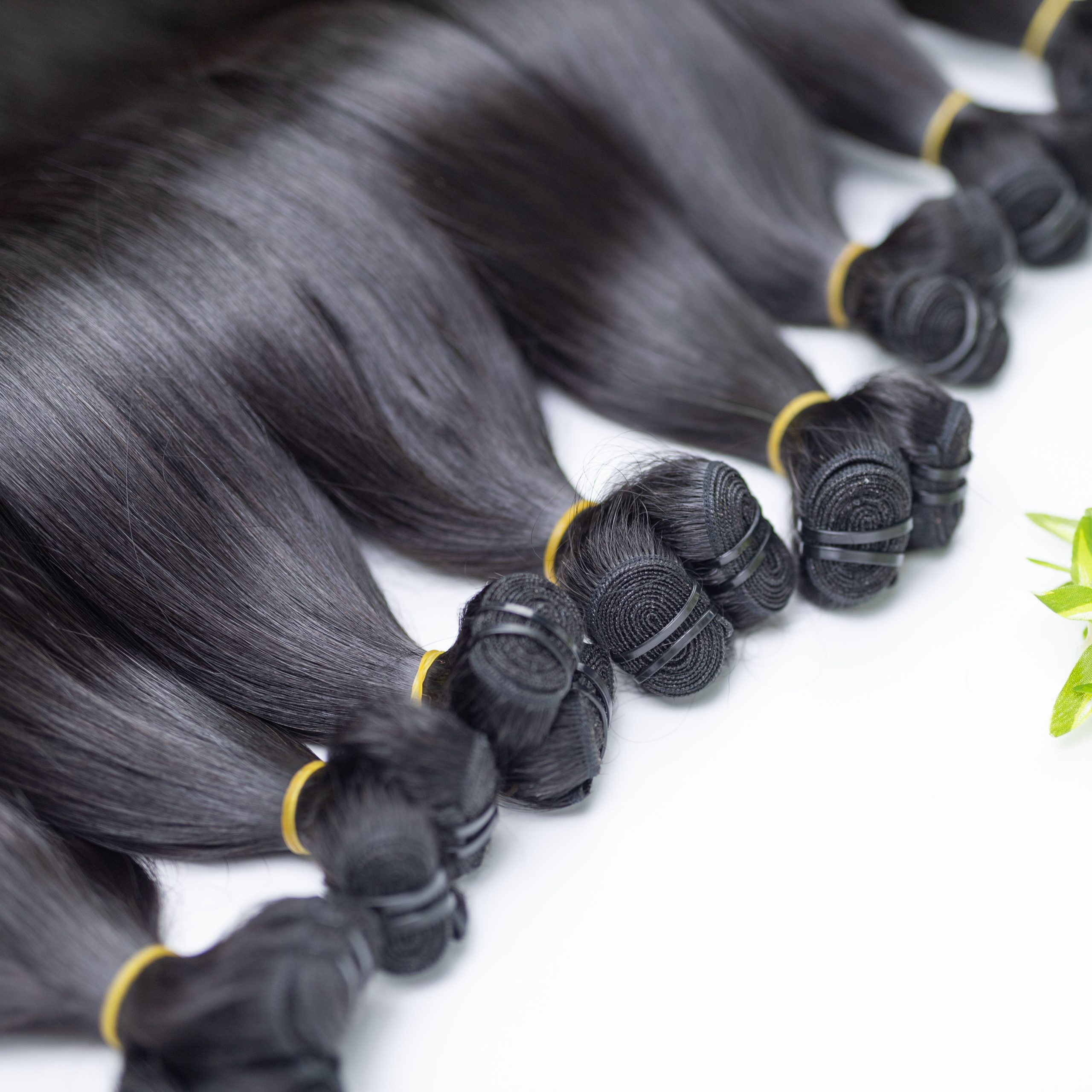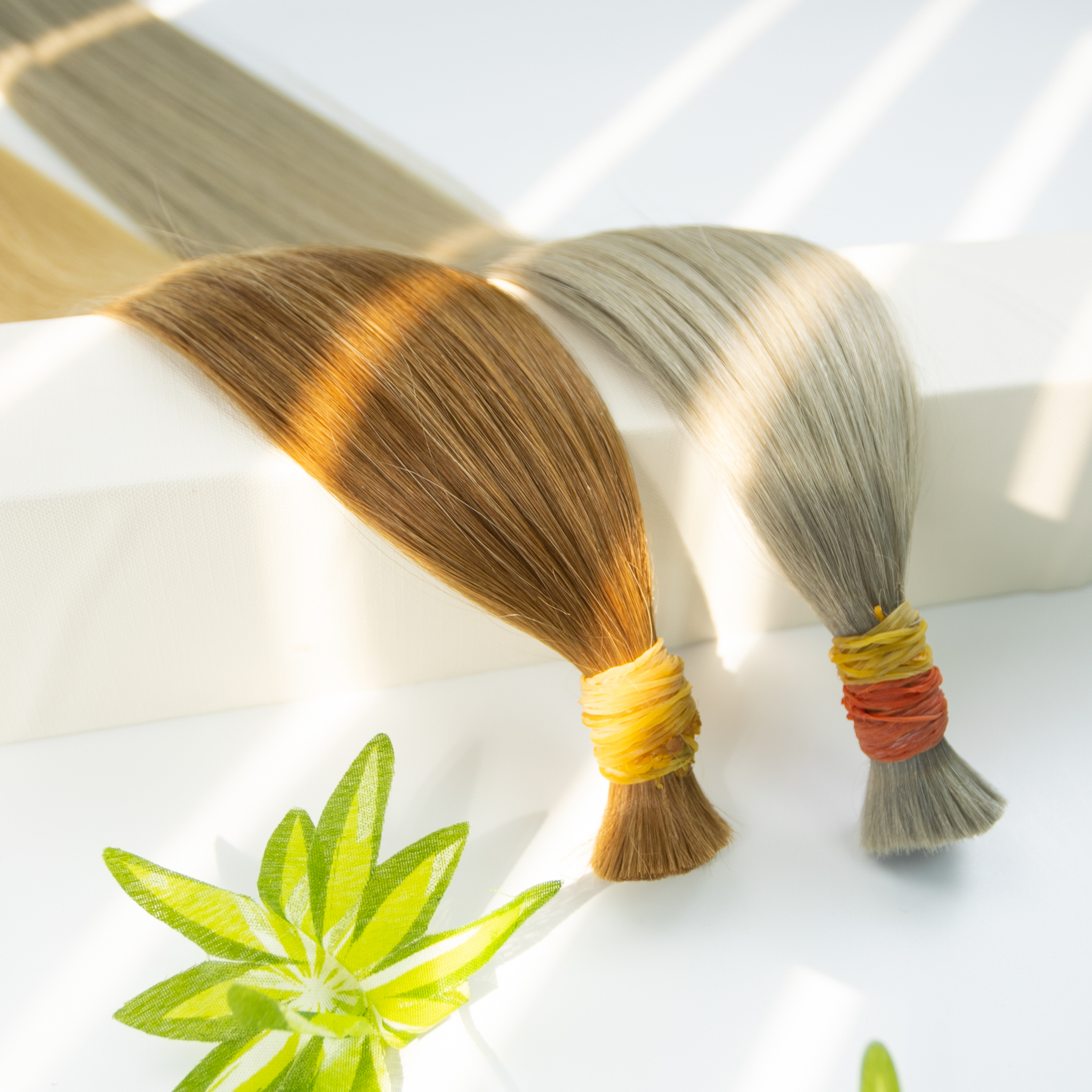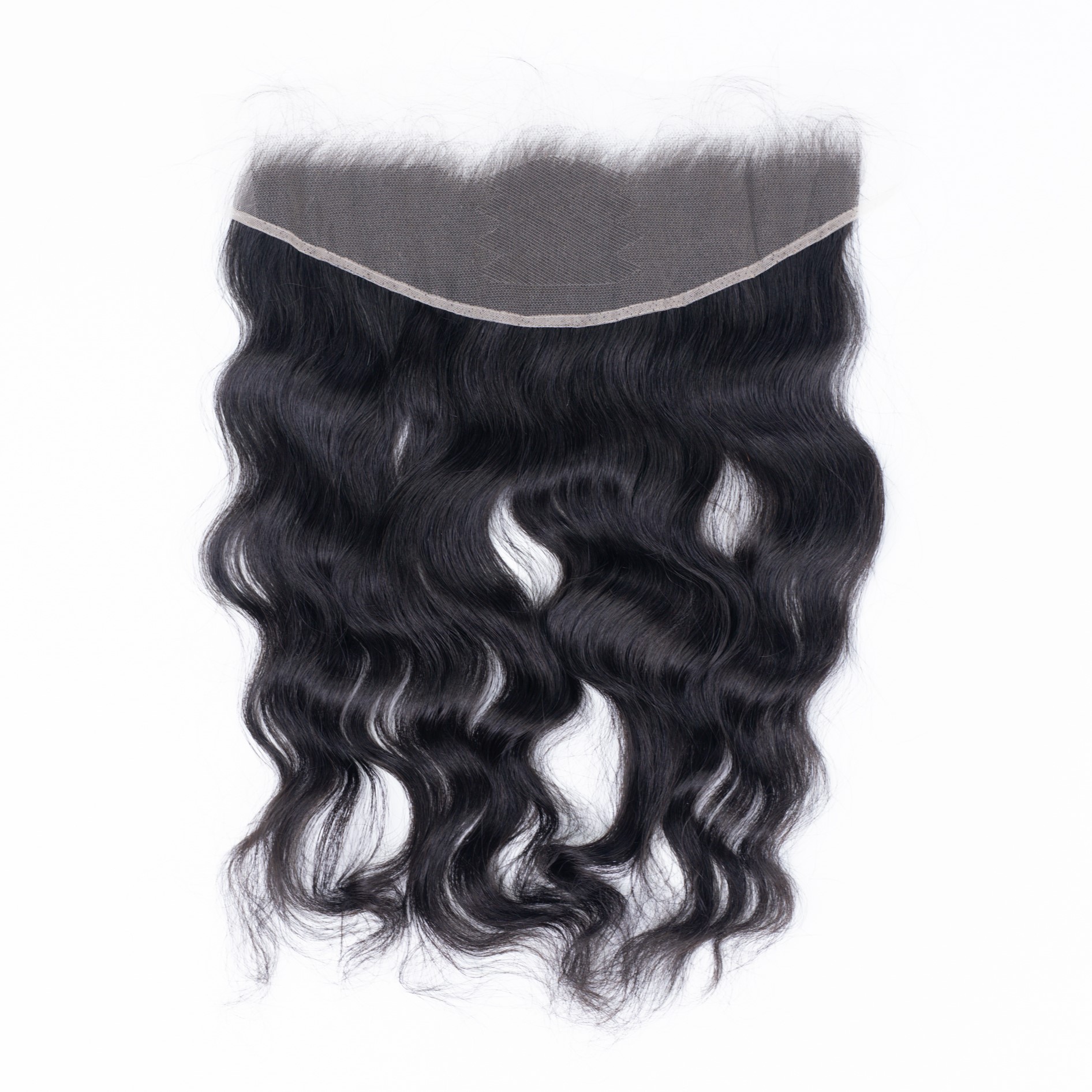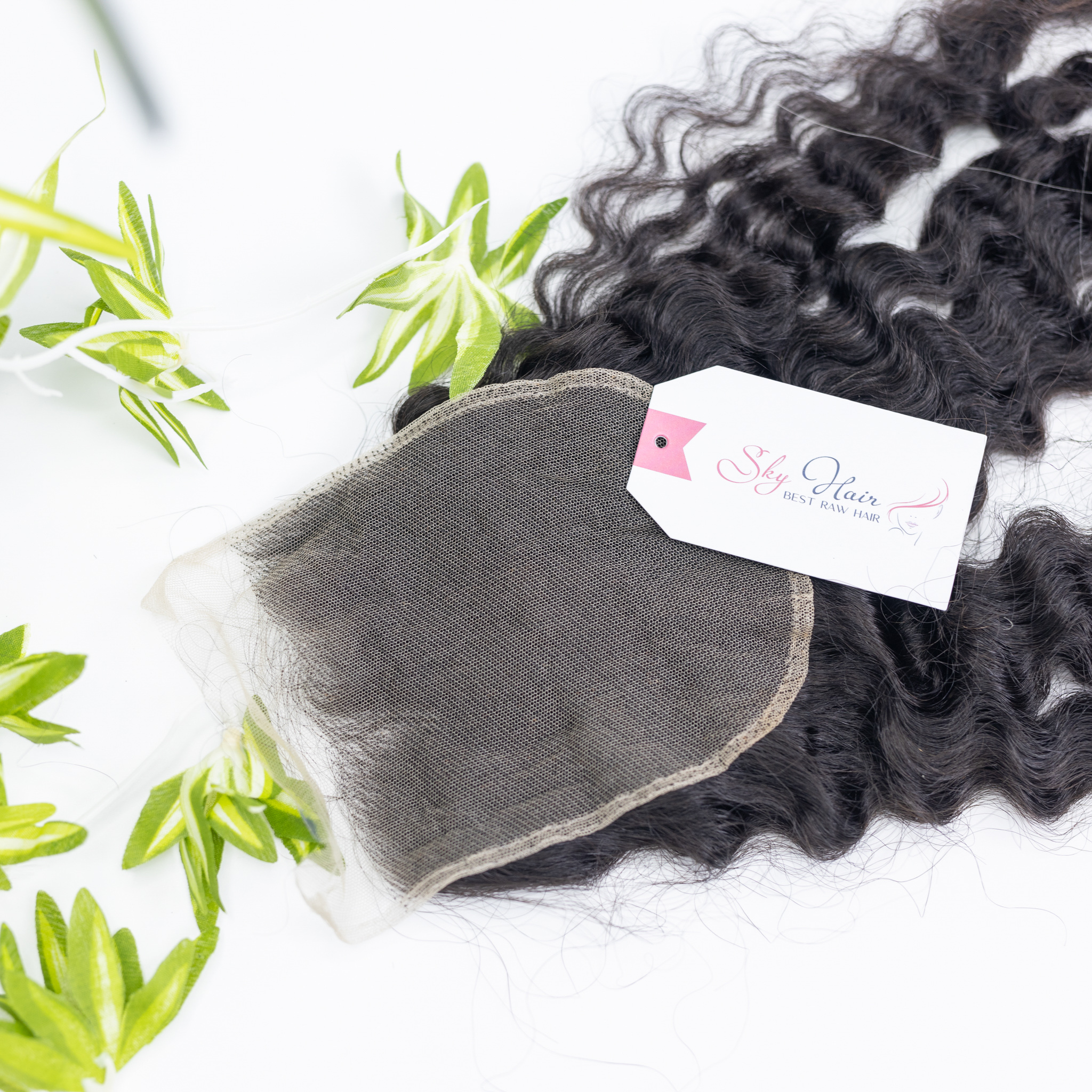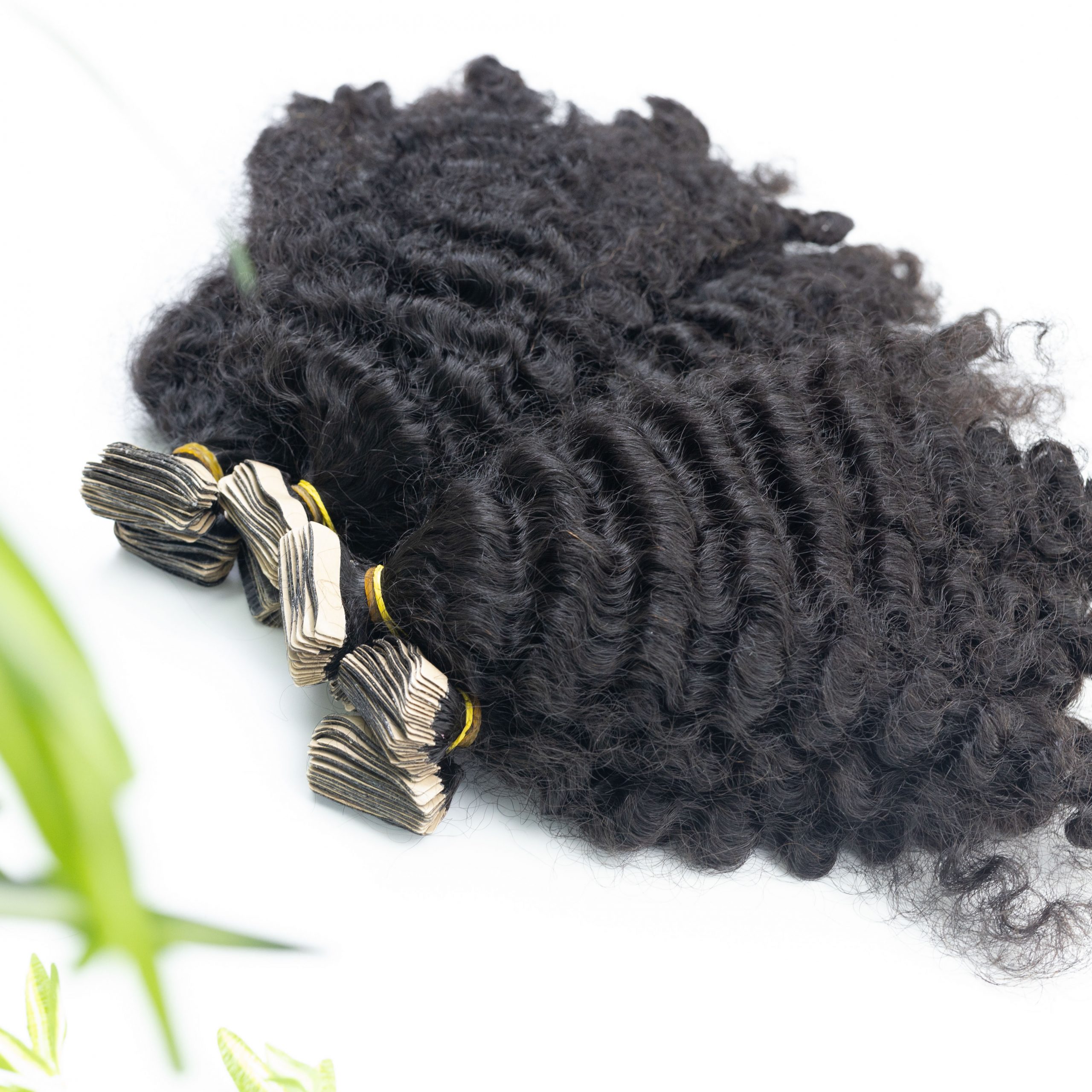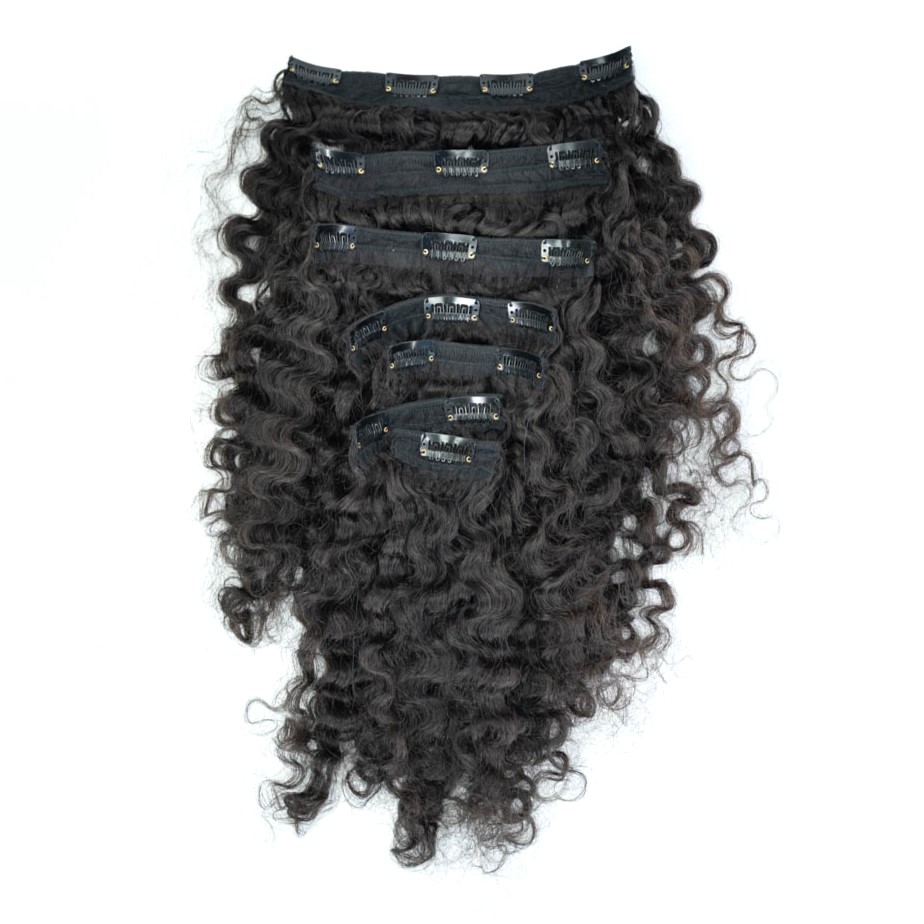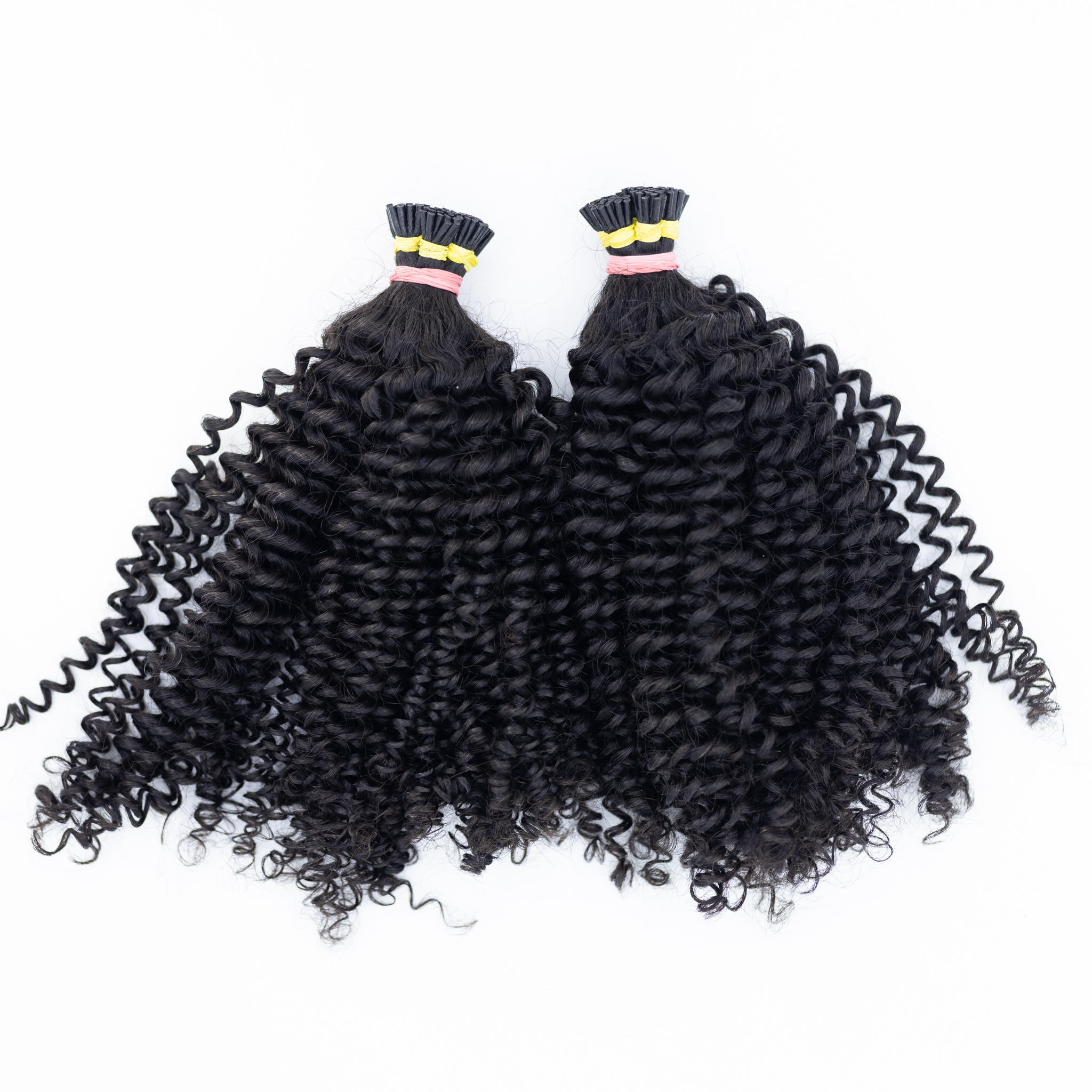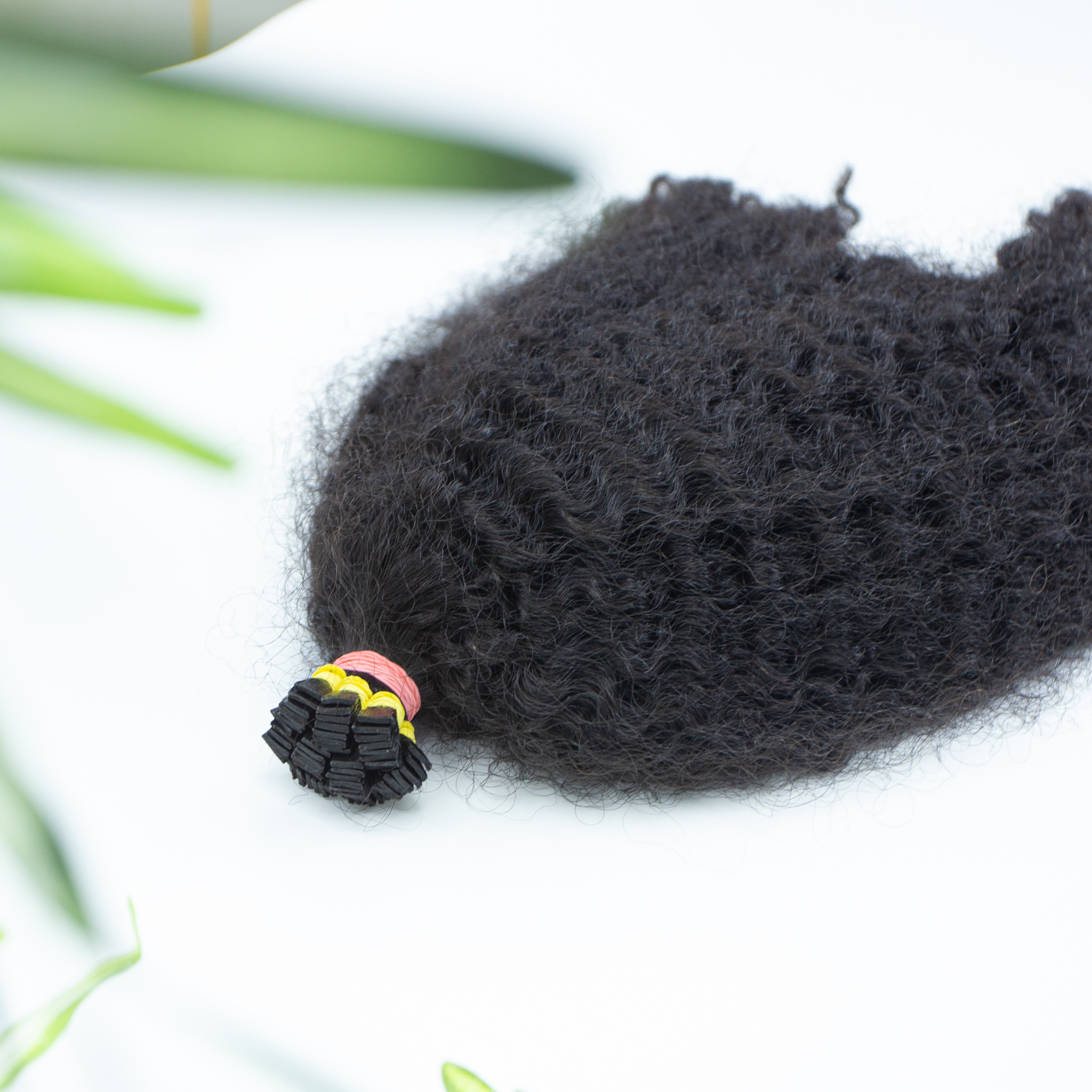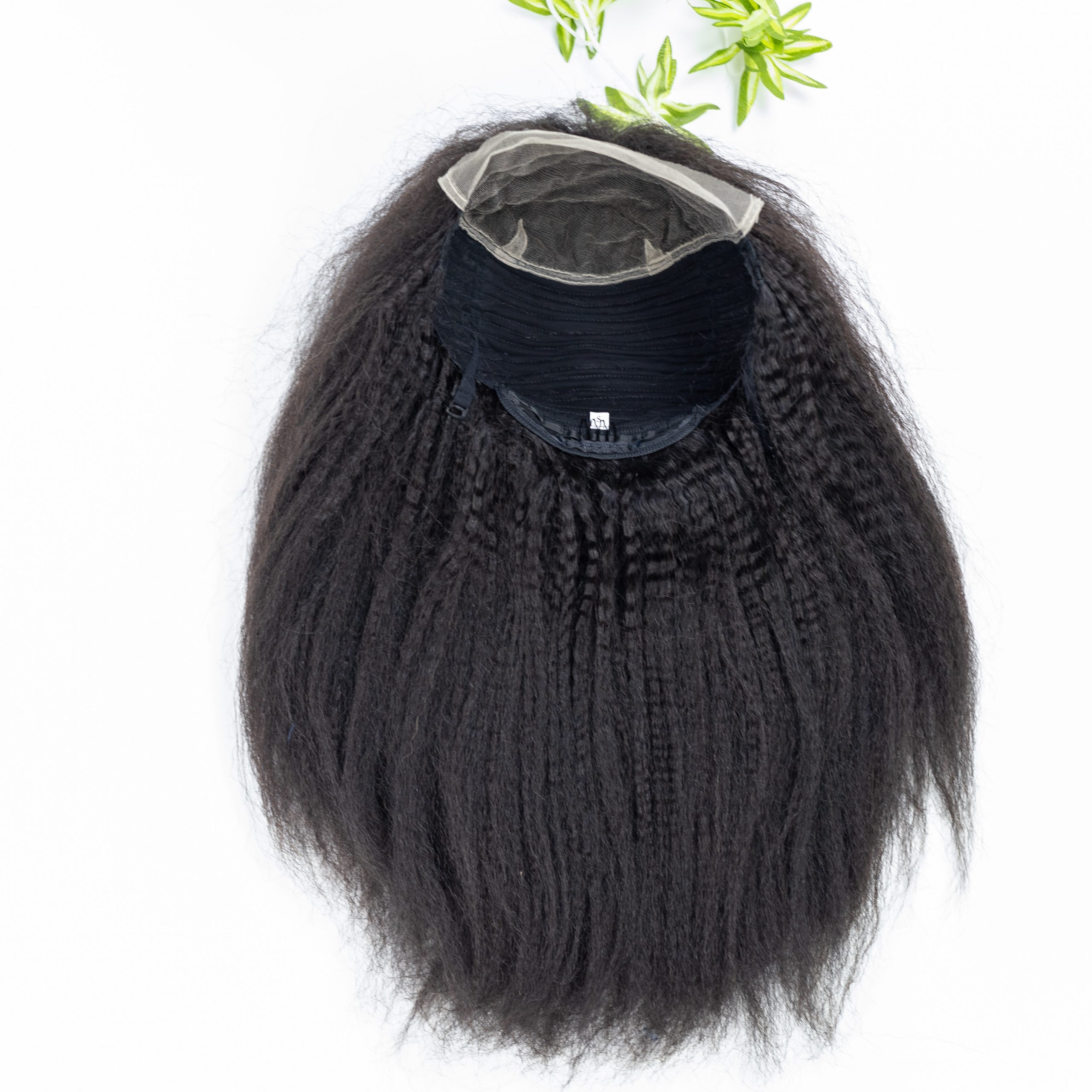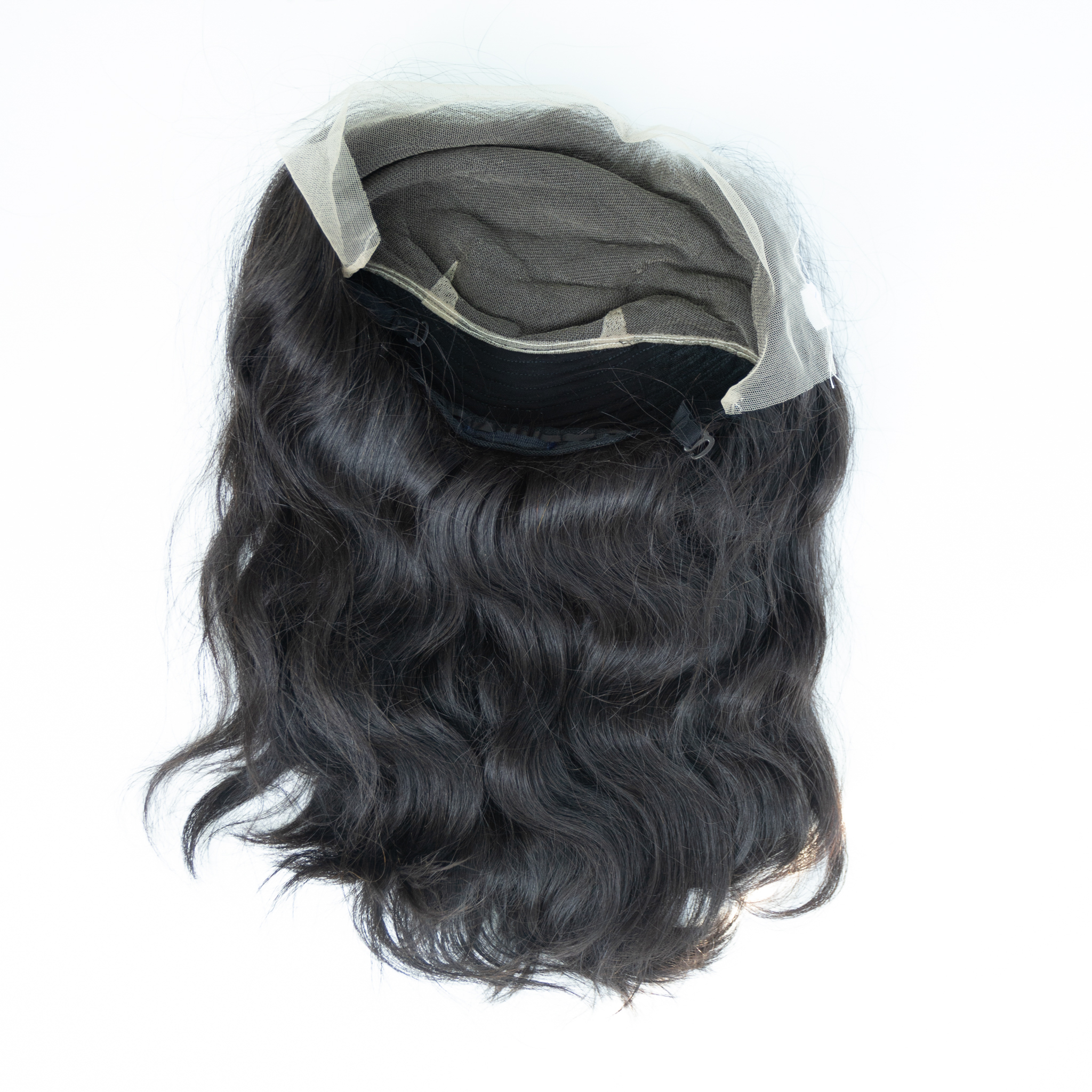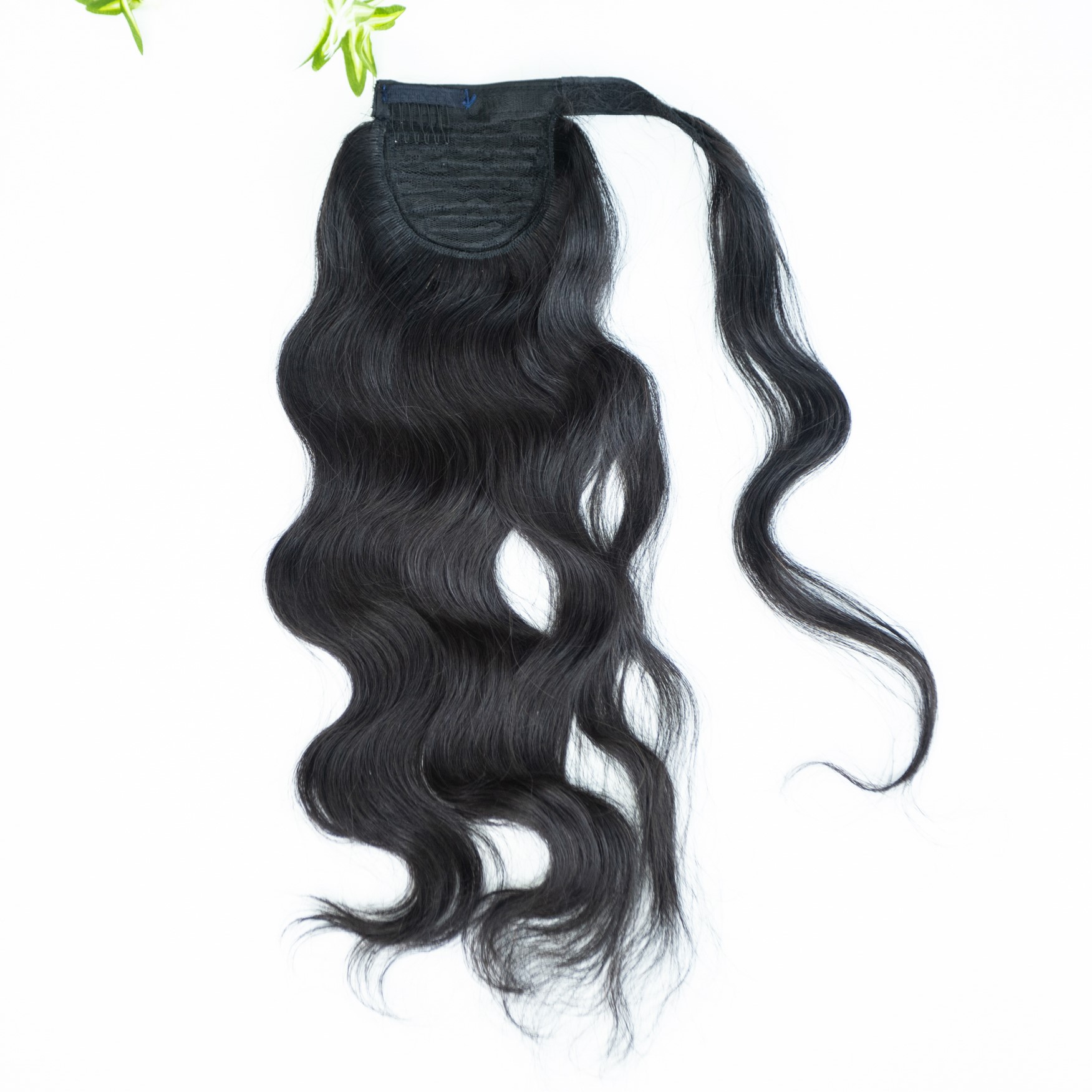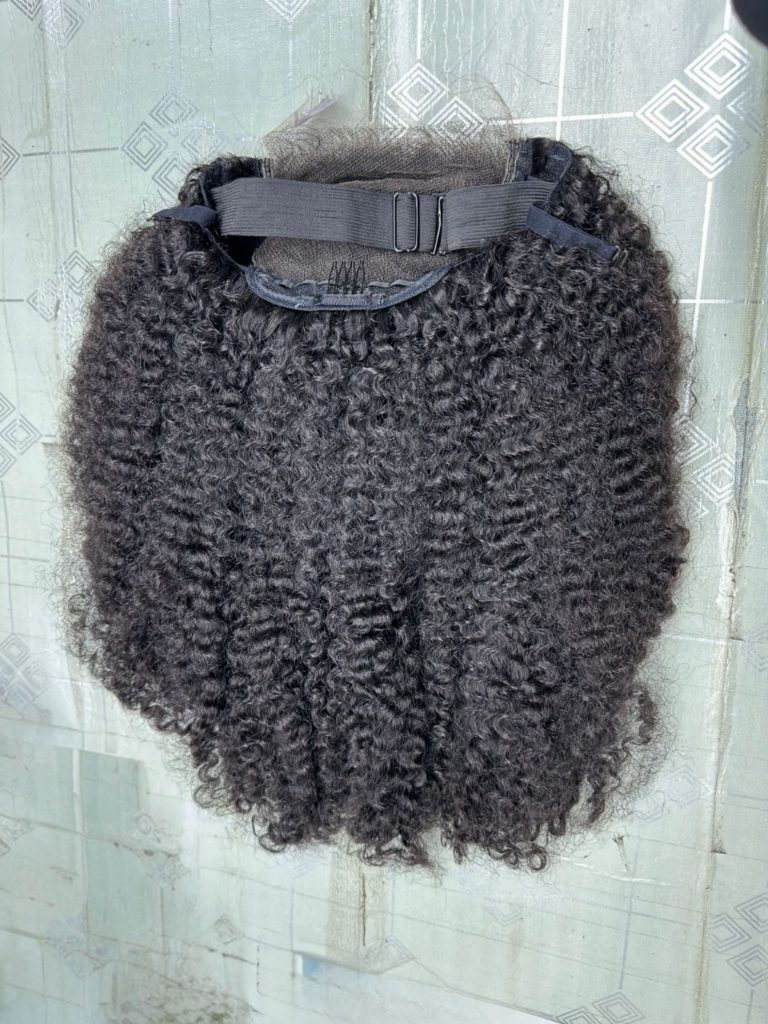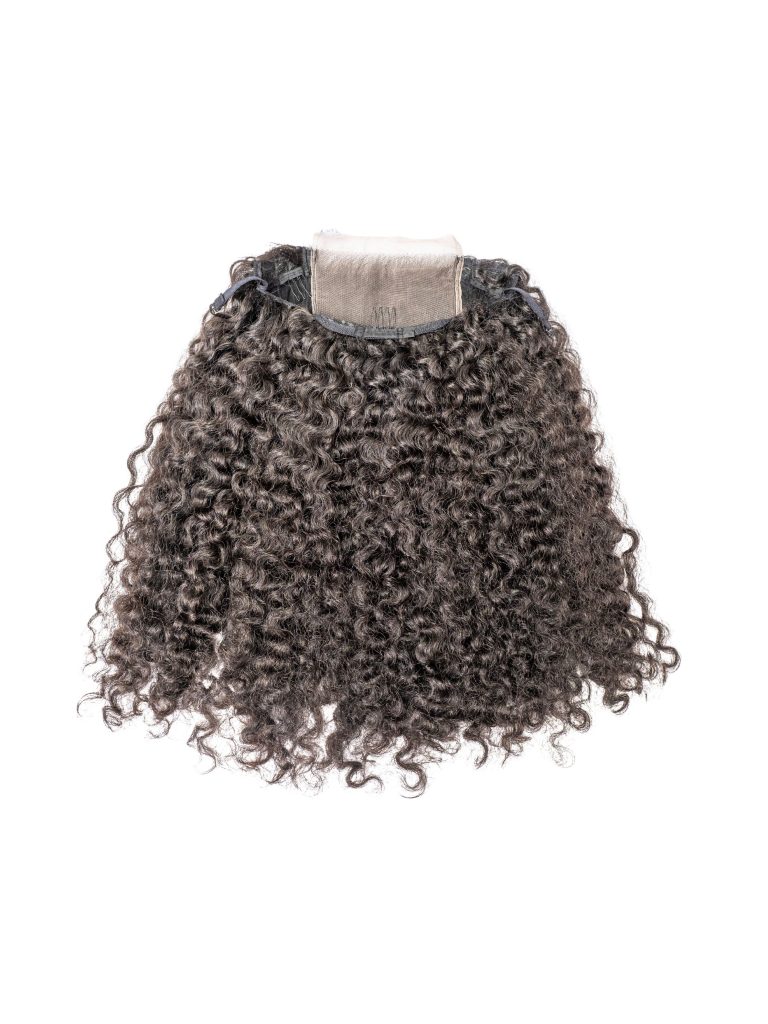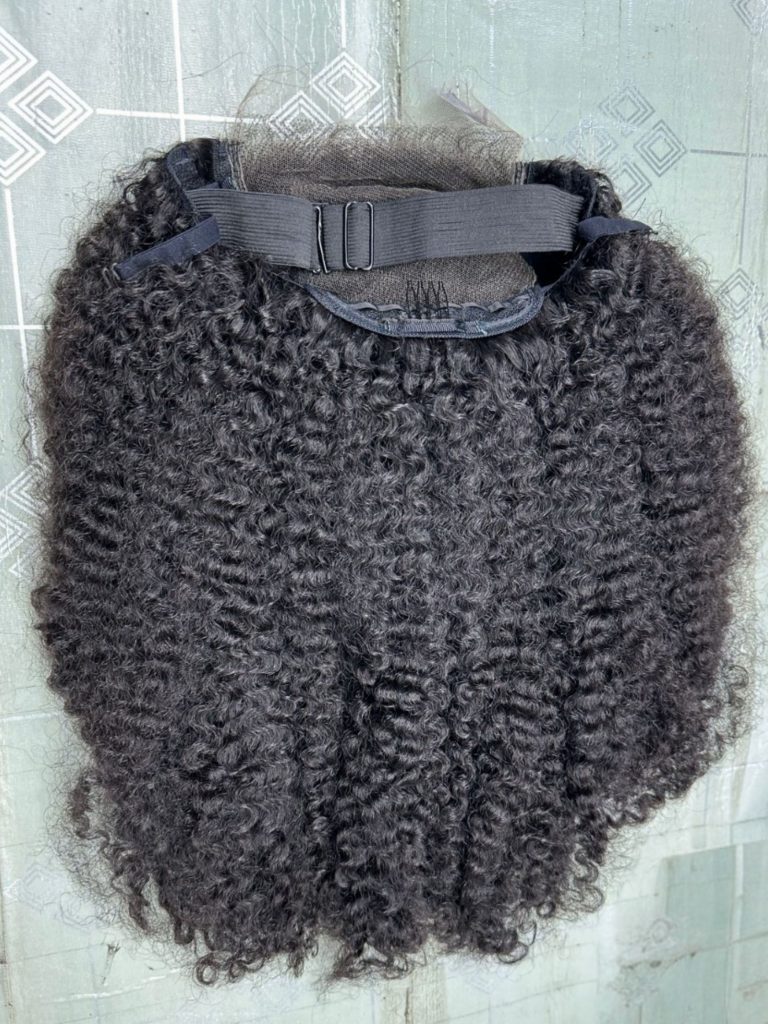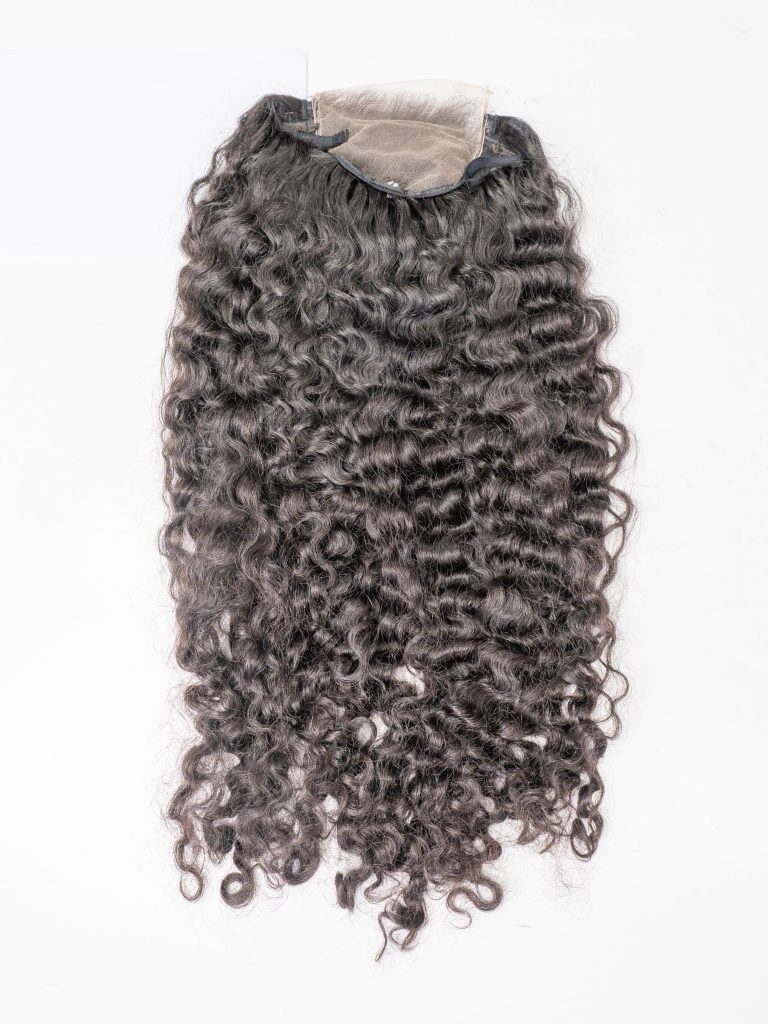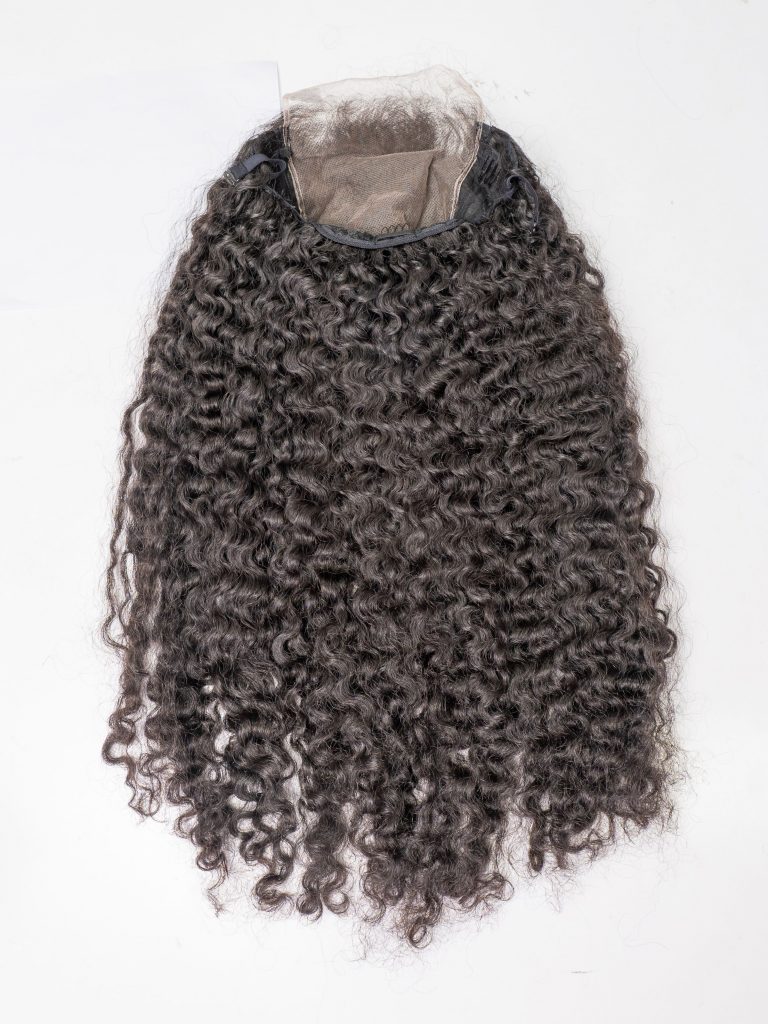Hair can become damaged for all sorts of reasons, and everyone is likely to experience damage to their hair at some point in their lives. Sometimes the damage is caused by over-styling hair or from chemical treatments, but often the damage occurs for less obvious reasons like the weather, diet changes, or even just age.
Whether your hair has become damaged or not, the good news is that there are steps you can take to improve the condition and appearance of your damaged hair, as well as help to encourage healthy hair regrowth and minimize the risk of future damage occurring. Let’s find out a little more about how hair becomes damaged and how to care for damaged hair.
What is Damaged Hair?
It is easy to identify when your hair has become damaged, as you will notice a change in its texture, manageability, and appearance.
Signs that your hair is damaged include:
- Split ends
- Very dry hair
- Brittle strands that break off easily
- Your hair appears limp and dull
- Frizz
- Knots easily
- Excessive shedding
If your hair is showing signs of damage, it’s time to take action and consider how you can change your hair care routine.
Common Signs of Damaged Hair
The good news? Whether you have straight hair, wavy hair, or curly hair, there are a few clear signs of hair damage.
- Dry or Brittle Hair
If your hair constantly feels dry, damage to the cuticle layer may be to blame. When the hair’s cuticle layer is damaged, moisture can more easily escape, leading to a brittle or straw-like hair texture. Plus, if you try providing your dry hair with moisture, hair can’t retain it as well — creating a cycle of dryness. Another way to tell if this is happening is that your wet hair dries really quickly.
- Hair Feels Thick at the Root and Thin at the Ends
As we mentioned earlier, hair damage is the result of a missing or inconsistent cuticle layer, which typically happens near the middle or ends of your hair, as these areas tend to be most exposed to damage. When the cuticle layer is missing or disrupted, the hair may feel more thin and rough. You may notice this when you run your fingers through your hair, or by simply seeing the ends of your hair appearing thin or split. (Split ends can often be a clear sign of damaged hair.)
- You Notice More Shedding
Are you noticing more hair left on your brush, on your pillow, or even in the shower drain? Damaged hair is more prone to hair breakage, which means your hair can snap off and shed more easily.
- Your Hair Is More Tangled Than Usual
When the cuticle layer is disrupted, strands of hair are more likely to get caught on other strands, which can lead to excessive tangles. That said, curly hair and long hair are also prone to tangles, so just because your natural hair is difficult to detangle, it doesn’t necessarily mean it’s damaged. If the tangling seems to come out of nowhere — or isn’t something you typically deal with — damage could be the culprit.
- Your Hair Appears Dull
Dullness is a sign of hair damage. Hair with damaged cuticles will lack the smoothness and shininess that come from a smooth cuticle layer and properly moisturized hair. Damage that shows itself with dullness could be caused by pollution, UV rays, product buildup, hard water, and more. Excess product buildup can also lead to unhealthy scalp irritation we recommend using a weekly dry scalp treatment if you start to notice your scalp feeling dry or irritated.
How to Repair Damaged Hair
The exact hair care routine for radiant hair depends on your hair type. However, if your hair is feeling dry, brittle, and damaged, adapting the following routine to suit your hair type could help to repair hair that has been damaged and encourage healthy hair regrowth.
Washing
Avoid washing hair daily. Washing hair daily can strip the hair of its natural oils, drying it out more and leaving it susceptible to further damage.
Use shampoos and conditioners containing natural ingredients. Haircare products containing synthetic ingredients can be harsh on the hair and the scalp, drying them out and causing damage over time. Choose shampoos and conditioners containing gentle, natural, and nourishing ingredients for smooth, shiny, healthy hair. Make sure they’re free from sulfates, parabens, silicones, and other chemical nasties too.
Styling
Minimize the use of heated styling tools. Let tired hair rest by styling it as little as possible. If you can, ditch the hair dryer and air-dry your hair instead. Heated styling tools like hair straighteners and curlers can also cause considerable damage to hair when used regularly, so avoiding them as much as possible is essential if you want to repair and improve the condition of your hair. Why not try a heat-free styling method instead?
If you do use heat, apply heat protection. If you must use heat on your hair, then make sure you’re applying a heat protection spray before styling to help to protect it from damage.
Conditioning
Apply deep conditioning masks regularly. If you’re not in the habit of applying deep conditioning treatments to your hair, then now is a good time to start. Every 1-2 weeks, apply a deep conditioning treatment to your hair and let it sit for about 30 minutes to help to repair the damage, nourish, and moisturize your hair.
Either buy a natural deep conditioning product suitable for your hair type or find out more about conditioning treatments you can make at home in our article do homemade hair care treatments really work?
Haircuts
Have your hair trimmed regularly. If your hair is damaged, it’s particularly important to keep up with your haircuts. This can help to remove the damaged ends and prevent the damage from worsening. We recommend having your hair trimmed every 6-8 weeks.
